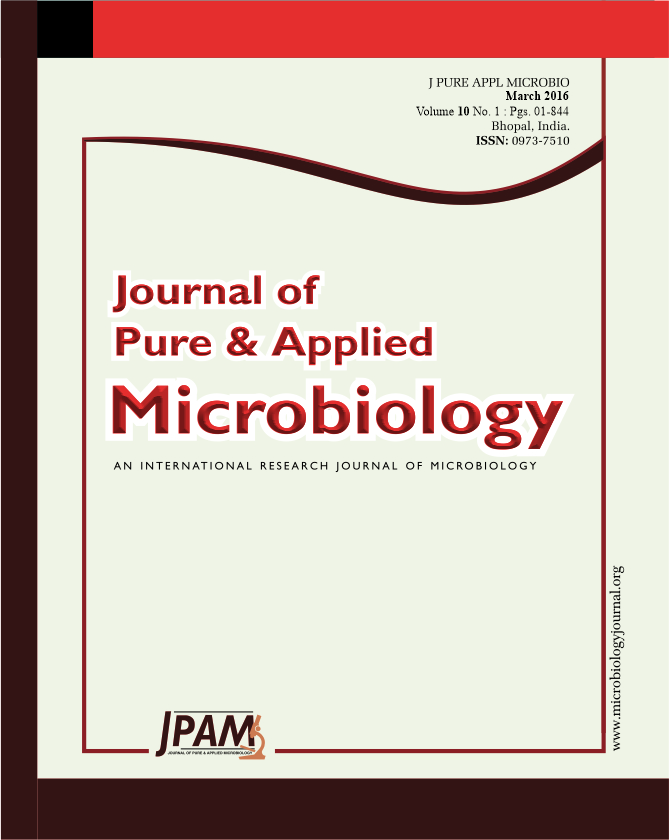A field experiment was conducted in maize during kharif season 2013 on sandy loam soil at Crop Research Centre, Chirori of Sardar Vallabhbhai Patel University of Agriculture & Technology, Meerut (U.P.), to evaluate the various integration of chemical Herbicides on weed management and yield of kharif maize (Zea mays L.). The experiment was conducted in R.B.D with three replications comprising eleven treatments of weed management (weedy, weed free, Alachlor @ 1500 and 1000 g a.i. ha-1, Atrazine @ 1000 g a.i. ha-1, Metribuzin @ 750 and 250 g a.i. ha-1, Alachlor + Metribuzin @ 750 + 375 g a.i. ha-1, Atrazine + Pendimethalin @ 750 + 500 g a.i. ha-1, Atrazine +2, 4-D @ 500 + 500 g a.i. ha-1 and Sesbania (BC) @ 20 kg ha-1 + 2, 4-D @ 500 g a.i. ha-1). The results indicated that chemical methods of weed control significantly reduced the weed population and their dry weight effectively over weedy check. The maximum number of grains cob-1, weed control efficiency, nutrient uptake by crop and highest grain yield (49.3 q ha-1) were recorded with the application of Atrazine + Pendimethalin @ 750 + 500 g a.i. ha-1 and established its superiority over rest of the herbicides. Similarly, this treatment also resulted into higher gross return, net return and B: C ratio. These values were very close to weed free treatment. The per cent increase in grains and stover yield was to the tune of 107.14 and 57.26 as compared to weedy check.
Weed management, Chemical herbicides, Kharif Maize and Weed dry matter.
© The Author(s) 2016. Open Access. This article is distributed under the terms of the Creative Commons Attribution 4.0 International License which permits unrestricted use, sharing, distribution, and reproduction in any medium, provided you give appropriate credit to the original author(s) and the source, provide a link to the Creative Commons license, and indicate if changes were made.


